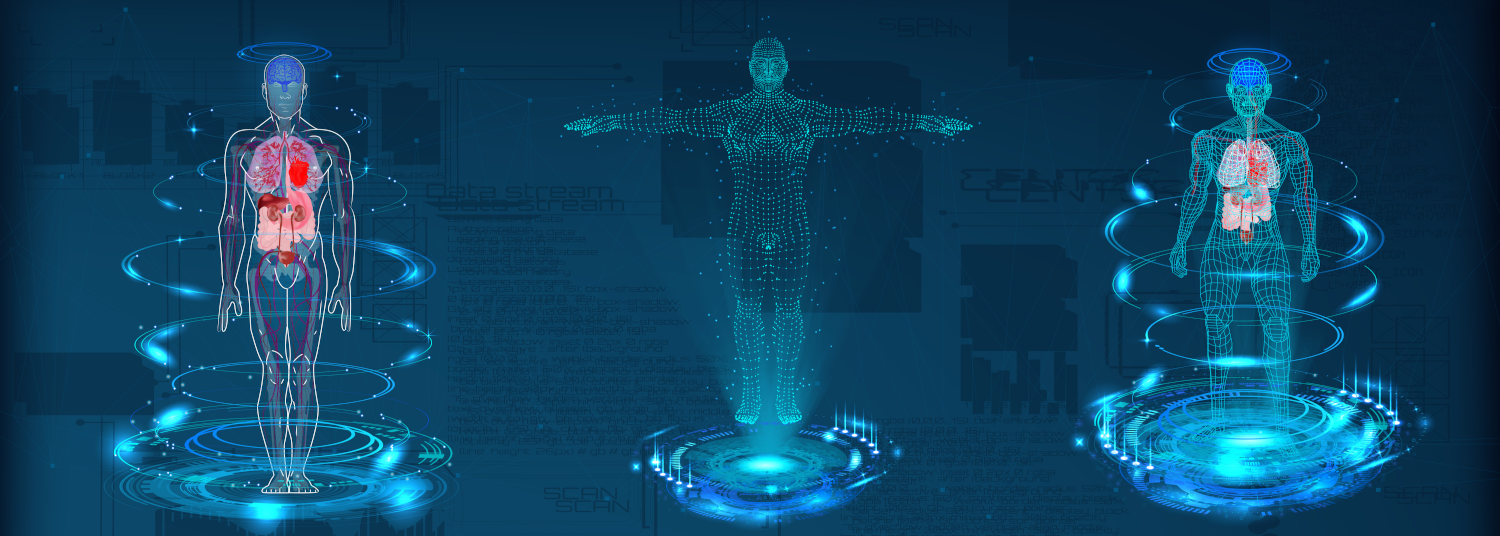Surgical Sciences Research
Division Chief
Valeria R. Mas, MS, PhD, FAST
Valeria R. Mas, MS, PhD, FAST
Valeria R. Mas, MS, PhD, FAST
Assessment of Donor Quality for Improving Kidney Transplant Outcomes
For most end-stage renal disease (ESRD) patients, successful kidney transplantation (KT) provides longer survival and better quality of life than dialysis. Unfortunately, a consistent balance between organ acceptance and discard rates after procurement has been difficult to achieve given a lack of precise tools to assess donor kidney quality and prognosis. Specifically, as recently reported, deceased donor (DD) kidneys retrieved for transplantation are increasingly being discarded, and the most common reason given for discarding kidneys is histological biopsy results. Two recent studies suggest that histological evaluation of procurement biopsies are not predictive of post-transplant outcomes and may lead to dissuade the use of kidneys that are otherwise suitable for transplant. These findings indicate that additional methods are needed when weighing whether to transplant a DD kidney. Evaluation of organ quality at transplantation time, as a predictor of graft performance, is a critical clinical challenge impacting acceptance of an organ, as well as individualization of post-transplant management. Still, clinical scores and histopathology-based assessments at time of KT have been found to be poor predictors of post-KT outcomes. Currently, there are no markers that specifically relate to organ biology that could be included in a donor risk score. A unique matched donor/recipient cohort including 298 DD primary kidney recipients with 4.1 ± 0.8 years of follow-up, graft biopsies at pre-implantation, post-reperfusion and postKT and associated phenotypic data is available for the proposed studies. Also, a matched donor/recipient cohort of 250 DD primary KT recipients from 3 different institutions is available (approach including training, validation, and replication sets). Hereby, we hypothesize that the addition of biologically specific screening for molecular biomarkers to evaluate DD organ quality and function is more accurate in predicting kidney graft outcomes than clinical and histopathological-based assessments alone. The specific aims (SA) include: SA1: Develop a composite score model to evaluate organ quality at kidney transplantation time and predict short-term outcomes; SA2: Develop composite score models to predict long-term kidney transplant outcomes; and SA3: Validate biomarkers predicting short- and long-term outcomes and derive a composite scoring system for clinical application in a point of care test platform. The current approach will evaluate clinical applicability and benefit of adding molecular markers to currently available scoring systems for predicting graft outcomes by (1) accurate assessment of donor organ quality using a systems biology approach, (2) biomarker/score discovery and validation using a multicenter retrospective cohort of prospectively evaluated patients with already available outcomes and mRNA profiles, and (3) independent replication of biomarkers/scores using clinically usable reactions. This study will yield markers and scoring systems for organ quality evaluation that could be tested prospectively in a large study.
- Sponsor: NIH – National Institute of Diabetes & Digestive & Kidney Disease
Dissecting the role of dynamic epigenome prompting pathways leading to kidney allograft fibrosis
Late graft loss continues to be a major problem after kidney transplantation (KT), mainly as consequence of death with a functioning graft and intrinsic allograft failure (or chronic allograft dysfunction (CAD)). CAD remains a major cause of allograft attrition over time, resulting in reinstitution of end-stage renal disease care. CAD is considered by many to be a variant of chronic kidney disease (CKD), with both immune and non-immune mechanisms, contributing to the development of interstitial fibrosis, tubular atrophy (IFTA) and progressive loss of graft function. Early development of graft fibrosis is predictive of late graft function. To study early factors involved in kidney fibrosis progression, we established a cohort of 298 KT patients followed longitudinally, with sequential genomic sampling of kidney allografts. Paired peripheral samples are also available. Utilizing this unique resource, we have made these observations: a) Molecular activators of early graft injury among KT recipients with kidney allografts progressing to fibrosis are independent of initial cause of injury, b) there is an constant pro-inflammatory and oxidative stress proclivity in the allografts from patients progressing to CRAD, c) specific DNA methylation (DNAm) patterns in donor kidney tissue associate with short- and long-term outcomes post-KT, d) there are major DNAm pattern changes between cross-sectional kidney allograft biopsies with IFTA and decline of graft function and kidney graft biopsies with normal histology and graft function (NFA) at > 2-years post-KT, and e) preliminary data demonstrate that specific upstream epigenetic modifications are associated with canonical gene pathways related to enhanced immune response and impaired allograft reparation. An independent Cohort 2 (multicenter, five Institutions) will be used for validation and replication. Hereby, we hypothesize that regardless of the initial insult after KT, inflammation and oxidative stress induce epigenetic modifications of critical genes, resulting in an increased risk of fibrosis and progressive decline of kidney function. These epigenetic modifications lead to secretion of specific cellular biomarkers into the circulation and urine that predict the risk of kidney fibrosis and chronic allograft dysfunction. The specific aims (SA) include: SA1: Determine post-KT epigenetic modifications sequentially from a longitudinal cohort of human renal allograft biopsies. SA2: Develop predictive models to stratify the risk of developing fibrosis and function loss by integrating the most predictive epigenetic, transcriptome, and clinical markers. SA3: Evaluate circulating small non-coding RNA (sncRNA) profiles to identify biomarkers and correlate with gene expression changes in the renal allograft with fibrosis and CAD. Evaluation of epigenetic changes in kidney grafts may provide new data about affected pathways and regulators leading to graft injury, fibrosis, and loss of function. The proposed studies will provide information about the effect of epigenetic modifications on molecular pathways and upstream regulators leading to CAD. Resulting non-invasive biomarkers will better predict and stratify graft injury and fibrosis progression, potentially improving long-term renal graft outcomes.
- Sponsor: NIH – National Institute of Diabetes & Digestive & Kidney Disease






